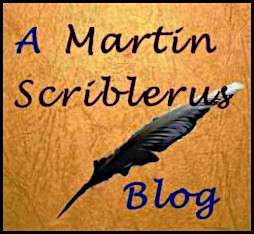“Bradshaw’s Canals and Navigable Rivers of England and Wales” handbook was an attempt at reviving the fortunes of canals at a time when they had long been superseded by the railways, even the ownership of many of the canals lay in the hands of railway companies.
Sinking into its pages on an autumn evening , the local and the personal are the things that capture the imagination. Bradshaw’s canal handbook probably describes one or more waterways with which most of its readers would be familiar. The handbook gives substance to family stories of my great grandfather, or perhaps it was a great, great grandfather, transporting goods from Bridgwater to our home town of Langport by barge. What was startling was the discovery that landscapes and villages that were familiar places in childhood days once saw the coming and going of barges.
The River Parrett was a commercial thoroughfare, albeit one that was in decline. Bradshaw’s notes,
The river commences to be navigable at the bridge which carries the main road between Langport and South Petherton over the river at Thorney Mills, near Langport, and proceeds by Langport, Borough Bridge, Bridgwater, Dunball, Combwich, Stert Point, and Burnham to Bridgwater Bar, where it enters Bridgwater Bay at low water, all in the county of Somersetshire.
Langport enjoyed the services of two railway stations in 1904 and water borne traffic had become rare. According to Bradshaw’s,
Above Bridgwater there is good trade at all times to the various brick works situated within the first two miles of the river beyond the town, but beyond this trade is extremely small. Barges can only navigate to Langport on Spring tides, and between Langport and Thorney Mills when there is a fair amount of land water coming down the river.
The distance table for the Parrett revealed things not even told in family stories. Six furlongs from Thorney Mills was the junction with the Westport Canal, the waters of which we must have crossed many times, though it had closed in the 1870s. Two miles and two furlongs later there was the junction with the River Yeo, a river crossed countless times without there ever being a thought that once it had been navigable. Bradshaw’s describes it,
The navigation of the river may be said to commence at Ilchester, whence it proceeds by Little Load and Pidsbury to a junction with the River Parrett, about three-quarters-of-a-mile above Langport, all in the county of Somersetshire.
There is scarcely any trade done on the river: a barge occasionally navigates from the River Parrett as far as Pidsbury or Little Load, but nothing has been beyond for some years.
Passing through Ilchester last Friday, the road narrows where it crosses the Yeo, but there is nothing that might cause one to imagine that goods had once travelled from there to the sea. A whole realm of industrial archaeology and economic history was on our doorsteps, and we never knew.


The financing of the build is quite interesting too.
Also the social effects in the shake out of the first few years of operation. There was lots of carters working as a guild who vanished overnight, virtually.
Then you had the army of navvies that were surplus and left high and dry. And either starved or dangled at the end of a noose for petty crimes.